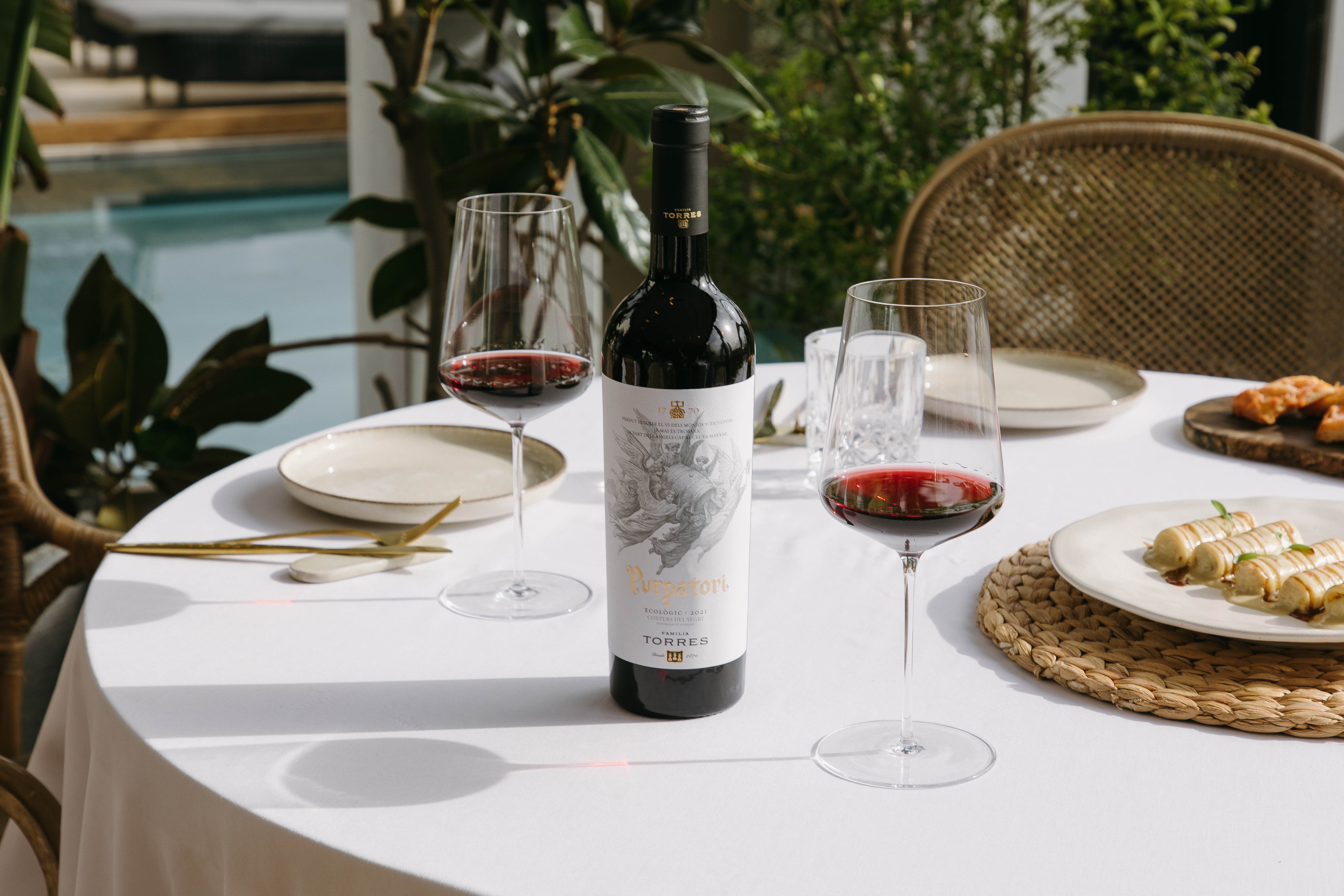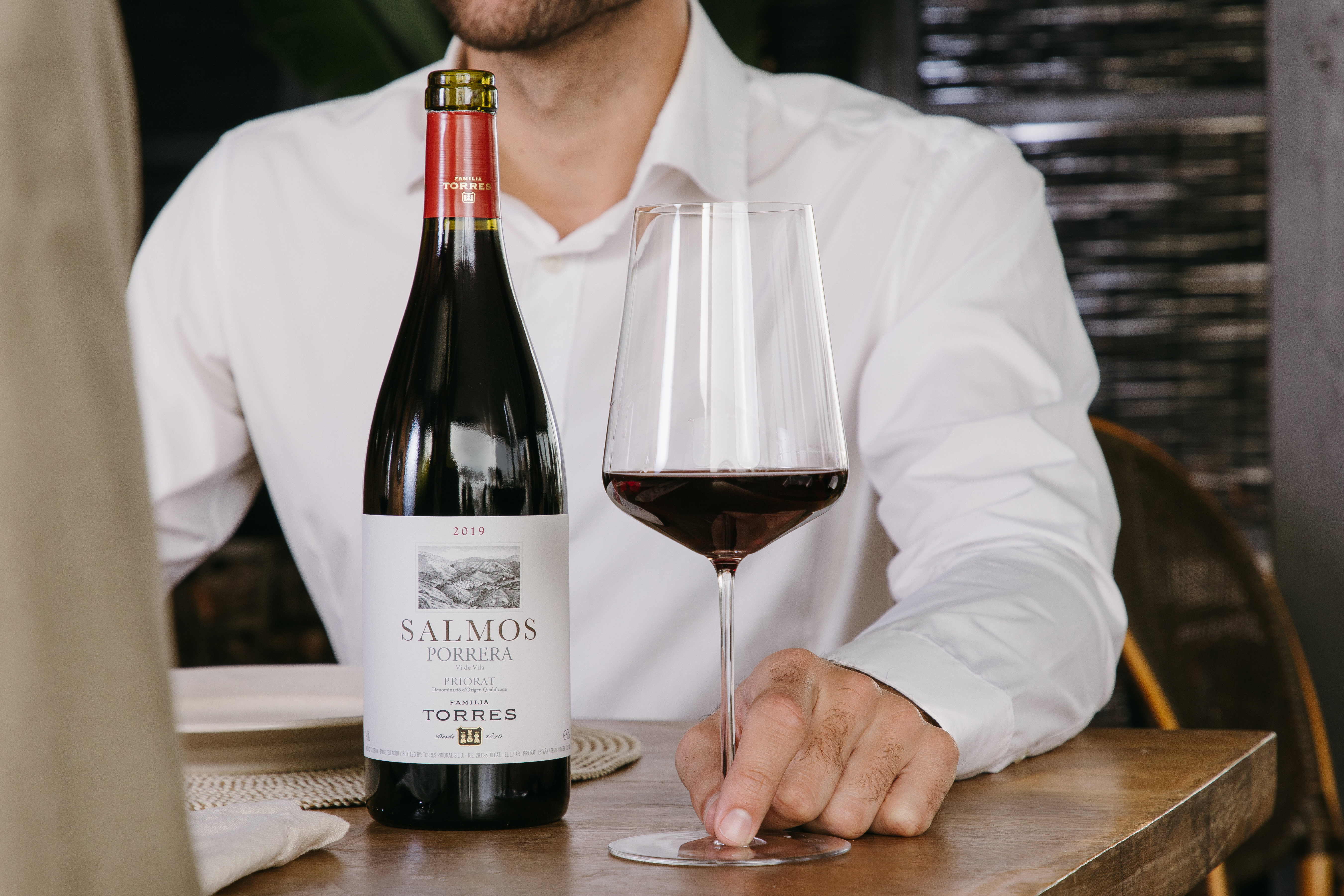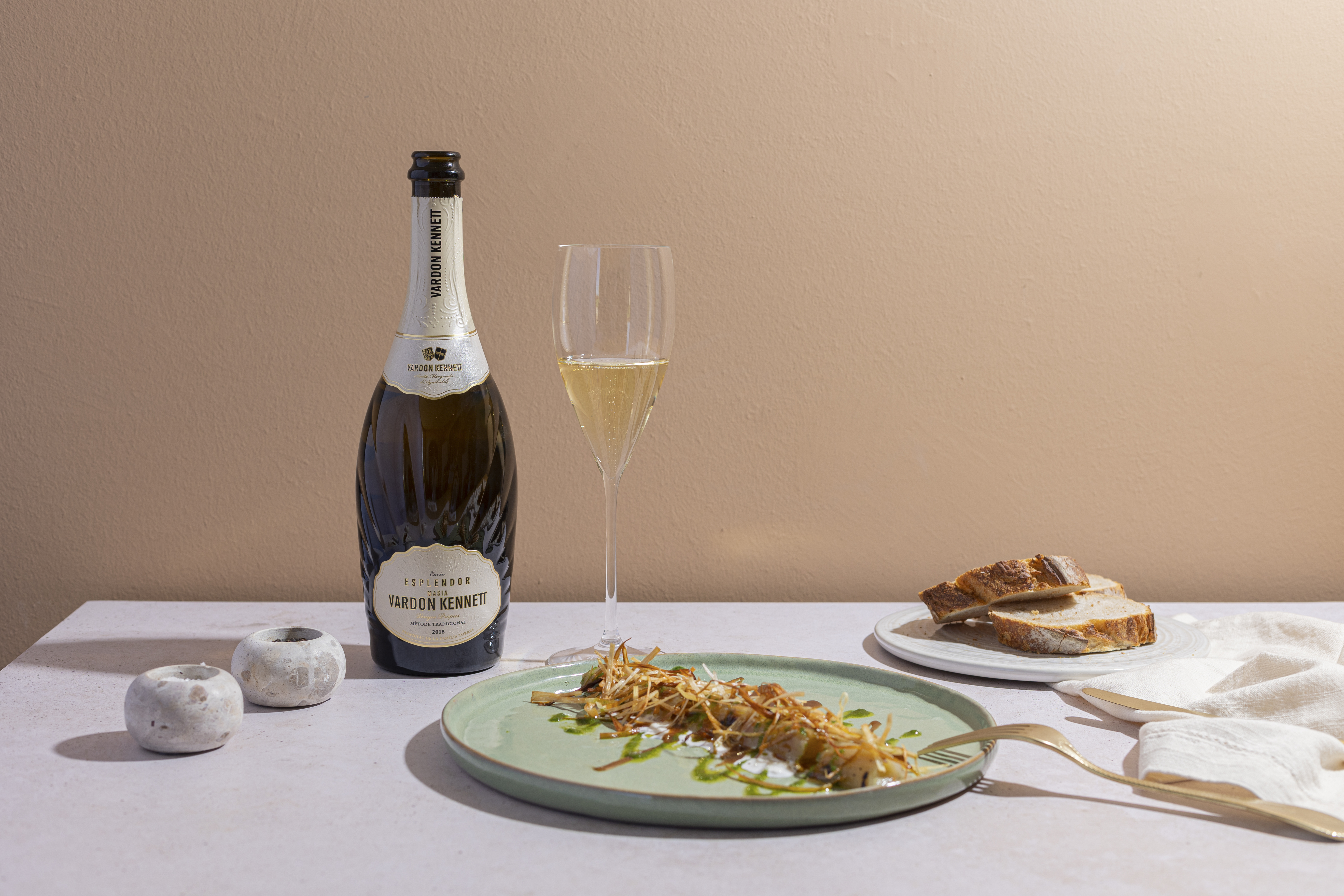The Glass Matters: Considerations for Choosing the Right Glassware

By Laura Conde, wine writer
Everyone has, at one time or another, drunk wine from chunky water glasses or, even worse, from plastic cups at some large informal gathering or party. The moment when we find ourselves drinking a wine we like, our fingers denting a plastic cup, is when we realize the importance of a good glass. The right vessel brings out the characteristics of the wine, emphasizes its flavour and aroma, keeps it at the ideal temperature – in short, the right glass gives the bottle we are about to open the proper setting to shine.
When choosing stemware and deciding which glass to use for which wine, we should consider several factors: size, diameter, stem length, and thickness. Wine glasses come in all sorts of styles, from Bordeaux and Burgundy to sherry and sparkling…the purists among us would insist that there is one style specifically suited to each kind of wine. Experts, however, are of various minds on this subject. Whereas some sommeliers recommend selecting a specific style for each wine, others insist that we needn’t be so strict, and any multi-purpose (universal) wine glass will, in theory, do the job when it comes to enjoying a good wine in an informal setting. If we are interested, however, in a more refined approach, we should consider certain aspects when deciding on our glassware.
Crystal or Glass?
This is probably the most important question when it comes to choosing our stemware, because all crystal might be glass, but not all glass is crystal, even though we generally refer to every vessel of this type as “glass”. The material we know as glass is thick and resilient and does not contain a strengthening mineral like lead-oxide in its composition. It is also significantly more affordable. In terms of appearance, it is clunkier, less polished than crystal; neither does it maintain the temperature nor bring out the flavours and aromas of the wine quite as well. The same is true of the colour: in fine crystal glassware, we can observe the colour and nuances of the wine in full and perfect detail, whereas glass, given its thicker composition, might alter the appearance somewhat.
Although crystal glassware is usually more expensive and generally more fragile (that said, glass tends to crack when washed at high temperatures), it is also clearer, brighter, more transparent, making it the ideal choice for tasting wine. It is also worth keeping in mind that the higher the percentage of lead-oxide, the finer the quality of the crystal (remember that the maximum amount of lead-oxide recommended by the WHO is 25%). In addition, glass stemware has a thicker rim than its crystal counterpart, which generally makes for a less pleasant drinking experience.
We don’t have to be experts to note the differences between glass and crystal – they tend to be visible to the naked eye – but when in doubt, a simple tap of the finger will give us the answer. If the resulting sound is dull and short, then the vessel in question is made of glass. But if the “chime” is finer, longer lasting, and sounds pretty and bell-like, then it is crystal.
 A terrace lunch paired with the red wine Purgatori, served in crystal glasses
A terrace lunch paired with the red wine Purgatori, served in crystal glasses
Reds
We can, of course, go into deeper detail depending on the specific type of wine, ageing regime, temperature, even grape variety, but the most important distinctions come down to four kinds of stemware: red, white, sparkling, and dessert wine. All of them should have a solid base or foot as support, and a stem that is long enough for us to comfortably hold the glass and swirl the wine for a proper tasting.
Red wine glasses tend to be the largest, because the goal is to allow plenty of contact with the air, thereby oxygenating the wine. Burgundy glasses (a generous bowl that narrows at the top) are among the best known and ideally suited to structured, potent wines with plenty of oak. The most frequently used, however, are Bordeaux glasses, which we will find at most restaurants, because they are suitable for all kinds of wines. These are tall, straighter glasses with a more elongated, slender bowl. They have a long stem, making it easier to swirl the wine and fully enjoy its aromas. If you only want to have one set of red wine glasses at home, these are a perfect choice, because they are so versatile. Finally, Cabernet Sauvignon glasses are similar to their Bordeaux counterpart, but smaller and best suited to lightly structured reds.

Enjoying a glass of Salmos, a DOQ Priorat red, at a restaurant
Whites
When it comes to whites, Chardonnay glasses tend to be the most popular. The bowl is usually slightly narrower and rounder than those of a red wine glass. Chardonnay glasses have a distinctive U-shape that encourages the aromas to collect in the upper part of the bowl, while the long stem helps maintain the temperature of white wines. At a tasting, we might also encounter tulip glasses, which sport a characteristic shape that makes them easy to handle and very effective at concentrating the aromas of a white wine in the upper part of the bowl.
Sparkling
Flutes are ideal for sparkling wines, because they emphasize the bubbles and channel the aromas directly to the nose. The narrow mouth prevents the bubbles from dispersing, making flutes a much better choice for cava and champagne than the iconic (and undeniably photogenic) coupe glasses, which cause bubbles to disperse more quickly, taking much of the aromatic appreciation with them.

A terrace lunch with Cuveé Esplendor by Vardon Kennett, Familia Torres’s sparkling wine
Dessert Wines
For dessert wines, smaller glasses are the best choice, because they direct the liquid to the back of the mouth, allowing for a more subtle appreciation of their sweetness. In addition, a small glass encourages us to drink less of what are generally wines of considerable alcohol content. If we want to differentiate, we can choose between a typical sherry glass (small with a short stem) and a port glass (somewhat wider with a narrower opening).
Finally, we should not lose sight of the most important consideration of all: a good glass might be decisive in bringing out the characteristics of a great wine, but ultimately what matters most is what we pour into the glass. Therefore, we needn’t obsess about having a specific glass for each bottle, but having a set of quality crystal glasses, taking good care of them (they break easily), and concentrating our efforts on what truly matters: enjoying the wine itself!
